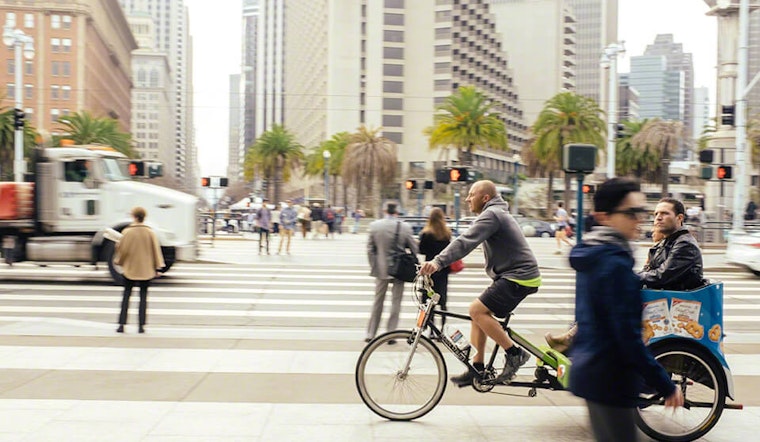
You don't have to look far to find evidence of the current boom in the Embarcadero and eastern SoMa. Cranes fill the skyline, traffic at freeway entrances is thicker than ever, and Muni buses and BART trains are barely able to shut their doors at rush hour, thanks to a crush of new riders.
Anyone living or working near the increasingly crowded Embarcadero will be pleased to hear that the SFMTA has spent the past four years working with the city and Port of San Francisco to forecast how the tremendous number of development projects currently in the city's pipeline will affect movement in the area over the next five to 25 years.
"It’s happening so fast, but are we thinking about accommodating this growth with transportation?" Peter Albert, manager of SFMTA Urban Planning Initiatives, asked a room of citizens on Wednesday night. They were there to hear a presentation on the second and final phase of the agency's Waterfront Transportation Assessment, which was undertaken to discover key bottlenecks in the area's transportation infrastructure and opportunities to increase public transit capacity and reliability. The plan also incorporates pedestrian and bike infrastructure.
Phase one of the assessment, available in draft form here, lists every major development and transportation improvement project affecting the waterfront, from Crissy Field all the way south to Hunters Point. The SFMTA worked with community members and local and regional transportation providers, including Muni, BART, Caltrain and the Water Emergency Transportation Authority, to identify existing and anticipated transportation challenges and potential strategies to mitigate them.
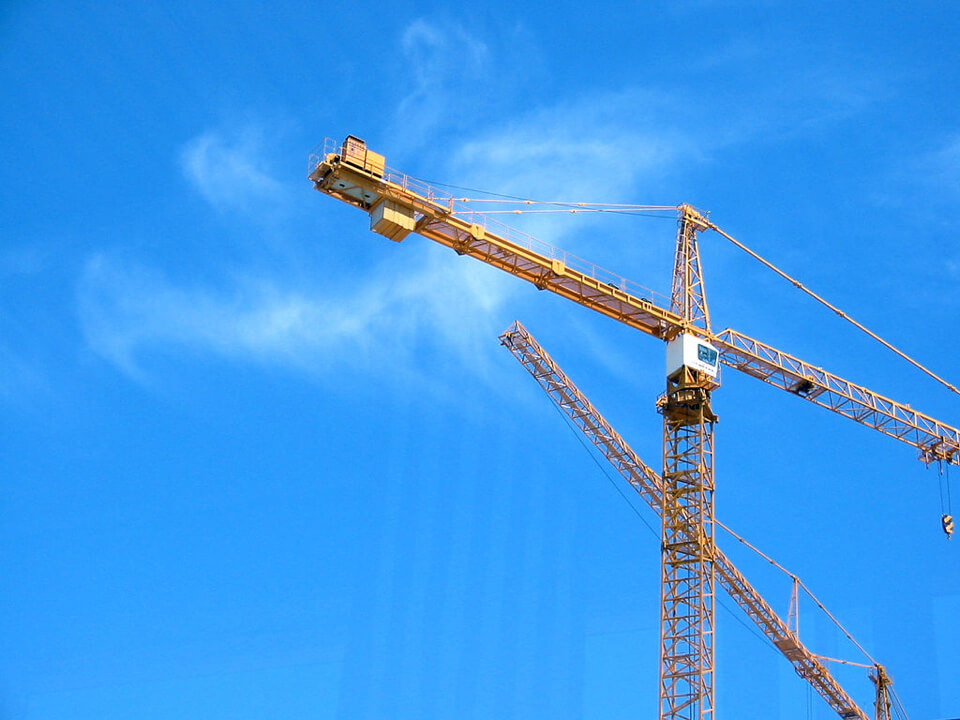
Photo: Tom Coates/Flickr
Albert kicked off the presentation with a brief overview of transportation projects currently in the pipeline, including the recently implemented Muni E-Line, the anticipated 2017 opening of the Transbay Terminal, and the Bus Rapid Transit Improvement Project, slated for 2018.
He also thanked the community for its long-term support of the project, highlighting the many transportation initiatives that have moved forward due to the Waterfront Transportation Assessment process. A few of those initiatives include the Rincon Hill Transit Study, the Don’t Block the Box enforcement program and the Embarcadero Enhancement Project.
The second phase of the assessment, unveiled at the meeting by project manager Liz Brisson, narrows in on where San Francisco's growth is concentrated, the waterfront's most urgent transportation needs, and how those needs connect to the transportation infrastructure and planned investments in the rest of the city and region.
By examining the city's outbound afternoon rush hour from the perspective of the waterfront, the study uncovered a few key findings regarding transportation demand and capacity in the surrounding area:
- Today, 20 percent of all trips within San Francisco pass through the central waterfront. Travel demand in this region alone is expected to increase by 50 percent by 2040.
- During afternoon rush hour, the eastbound Bay Bridge is at capacity, as evidenced by cars queuing up to get onto Northern SoMa's onramps. Key intersections utilized in the study also found that central waterfront roadways are at 75-80 percent of capacity, and southern SoMa roadways are at 80-85 percent of capacity.
- The East Bay is the single largest destination for commuters leaving the waterfront, and will continue to be in the future. Downtown is second, and the South Bay is third.
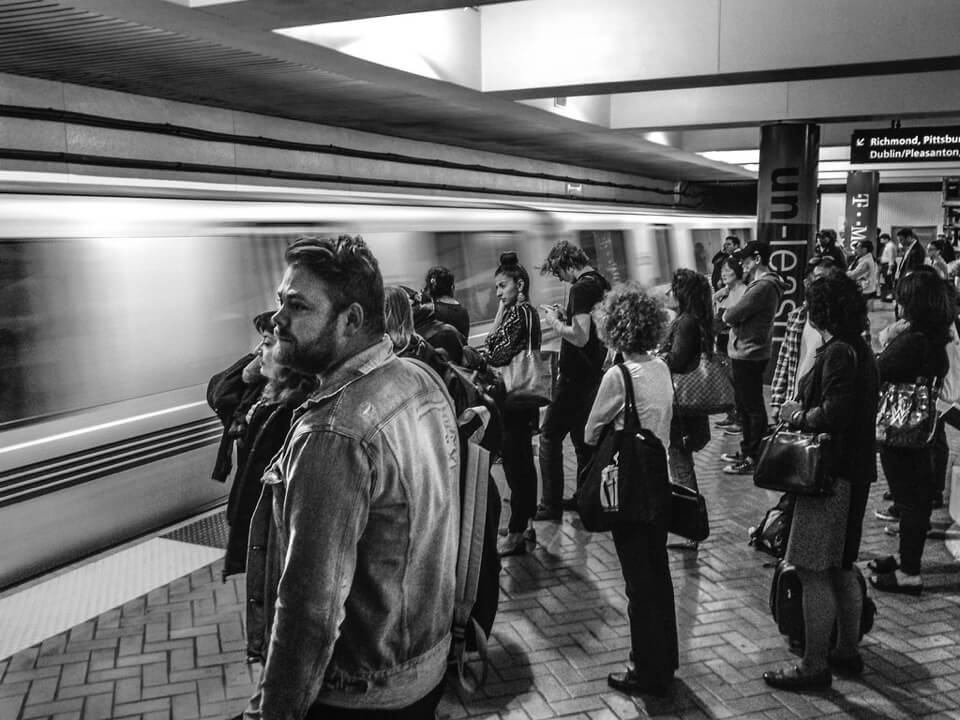
Photo: RCB/Flickr
With this growth in mind, BART and Caltrain have capacity expansion plans in the works. However, neither are completely funded yet.
BART is currently capable of moving 22,000 people, or 22 trains per hour, from the city to the East Bay, Brisson said. The main constraint to increasing capacity is the lack of additional rail vehicles, which the agency will begin to address when it starts to phase in new trains next fall. Albert also noted that BART is currently studying whether it could increase the efficiency of its evening maintenance procedures, which could possibly allow the agency to expand its late-night hours.
Meanwhile, in the South Bay, Caltrain is currently working to secure $431 million in funding for its Electrification Project, which aims to increase service to six trains per peak hour per direction (a boost from the current five) by 2020, while simultaneously decreasing emissions. The Caltrain Modernization Program is also coordinating with the California High Speed Rail Authority, with the hopes of operating a blended system by 2029, where electrified and high-speed trains share Caltrain's tracks between San Francisco and San Jose.
As for Muni, the 2020 Fleet Plan, which includes the anticipated 2019 opening of the Central Subway, hopes to transport 30,000 passengers per hour, Brisson said.
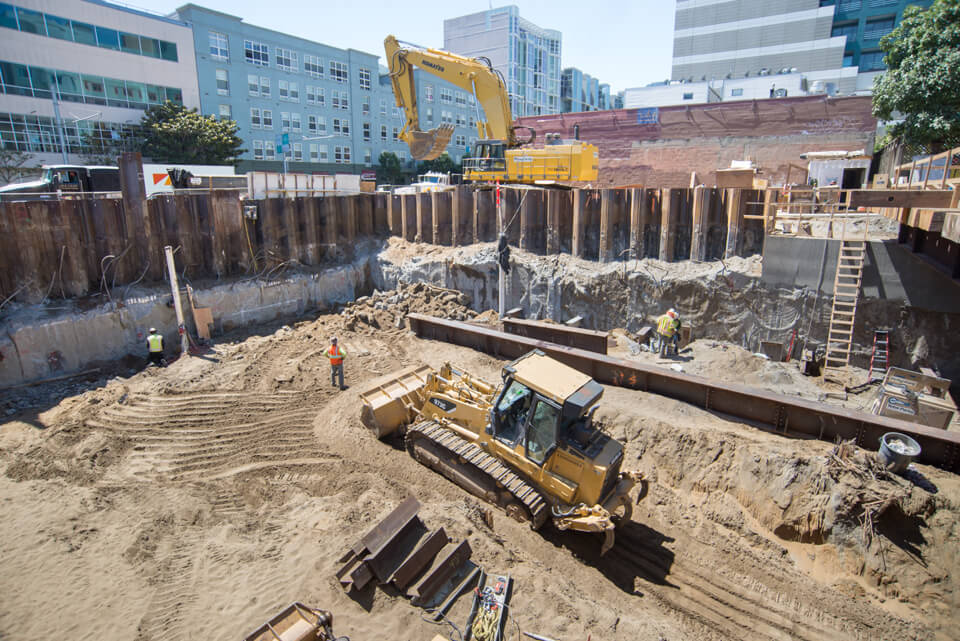
Central Subway construction in Yerba Buena. (Photo: Central Subway/Flickr)
The assessment also provides a variety of models that visualize how increases in one mode of transportation could affect the others in the future. With Americans driving less across the nation and the number of urban households without cars increasing, there's "reason to believe travel patterns could be dramatically different in the future," Brisson said.
While the assessment does not aim to promote one mode of transportation over another, Brisson said, it does highlight the need to make transit more reliable and conditions for walking and biking safer, as well as to reduce the friction between all of the city's travel options.
To achieve that goal, the report outlines a set of recommendations and next steps for four groups of stakeholders: transportation providers, policy makers, sponsors of development projects and community members. Overall, these recommendations focus on ensuring existing transportation investments are completed, developing collaborations to extend transportation funding further and keeping all of these various stakeholders engaged in the planning process.
For those who'd like to dive further into the full draft report, it will be published on the project's website early next week.


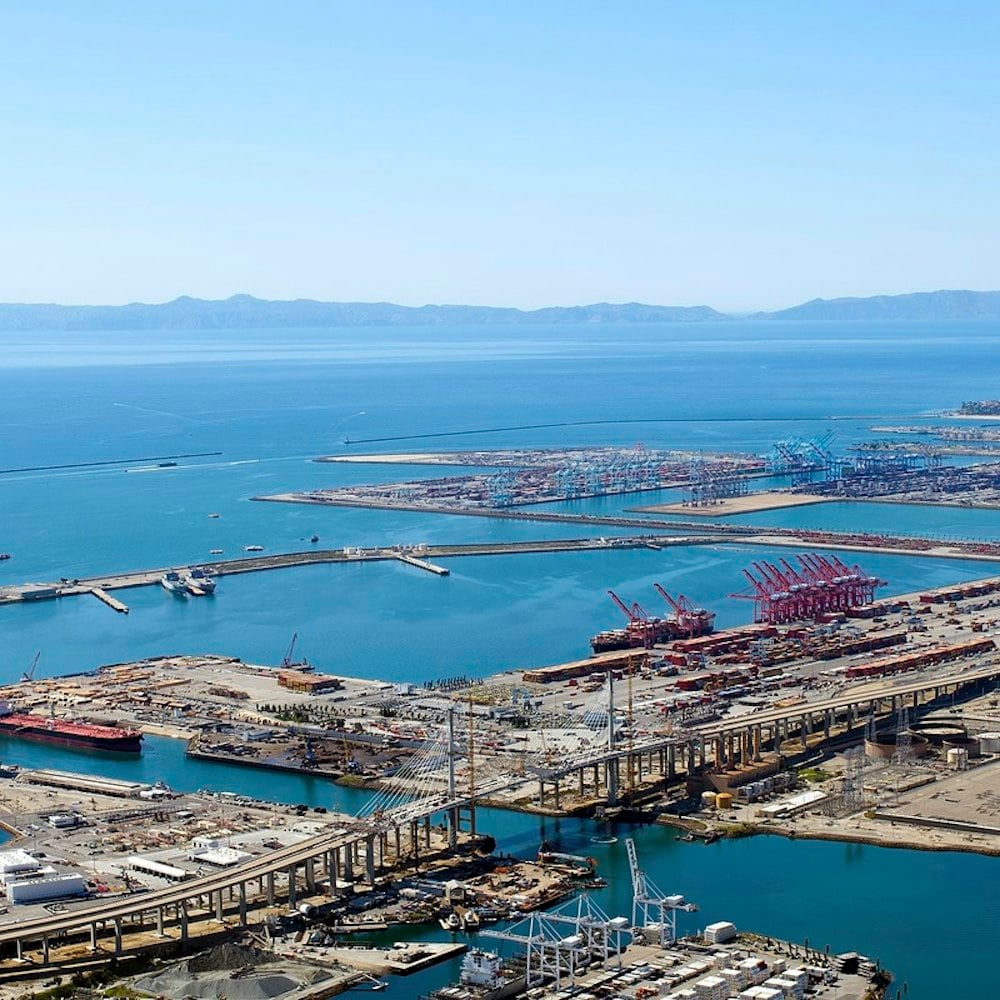




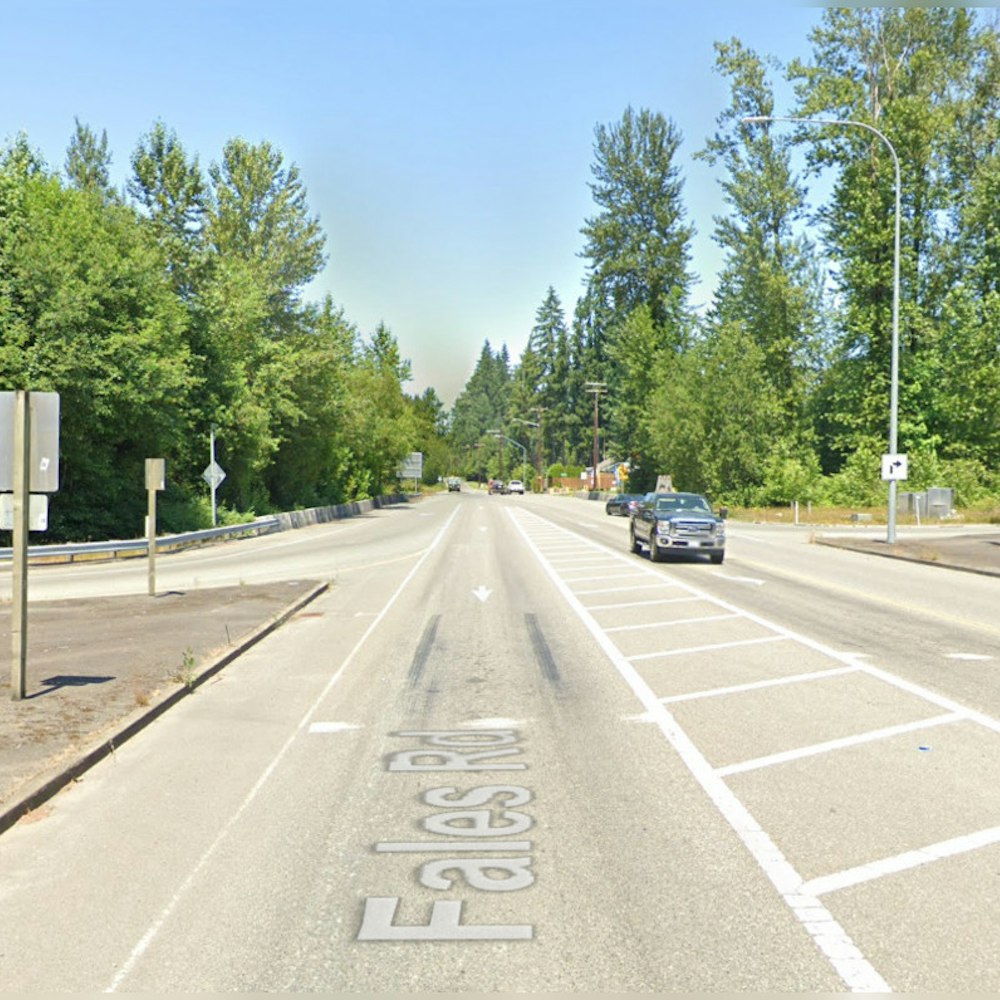

-1.webp?w=1000&h=1000&fit=crop&crop:edges)